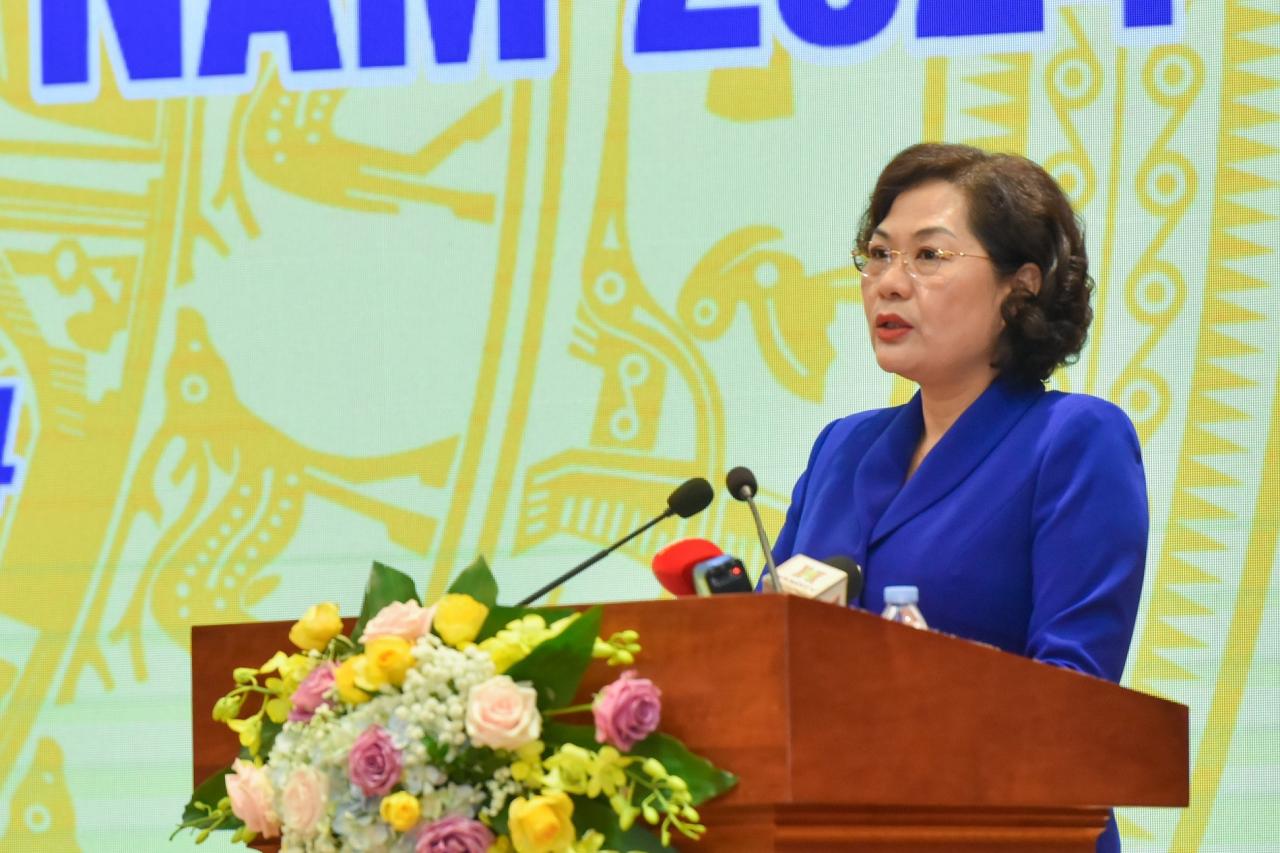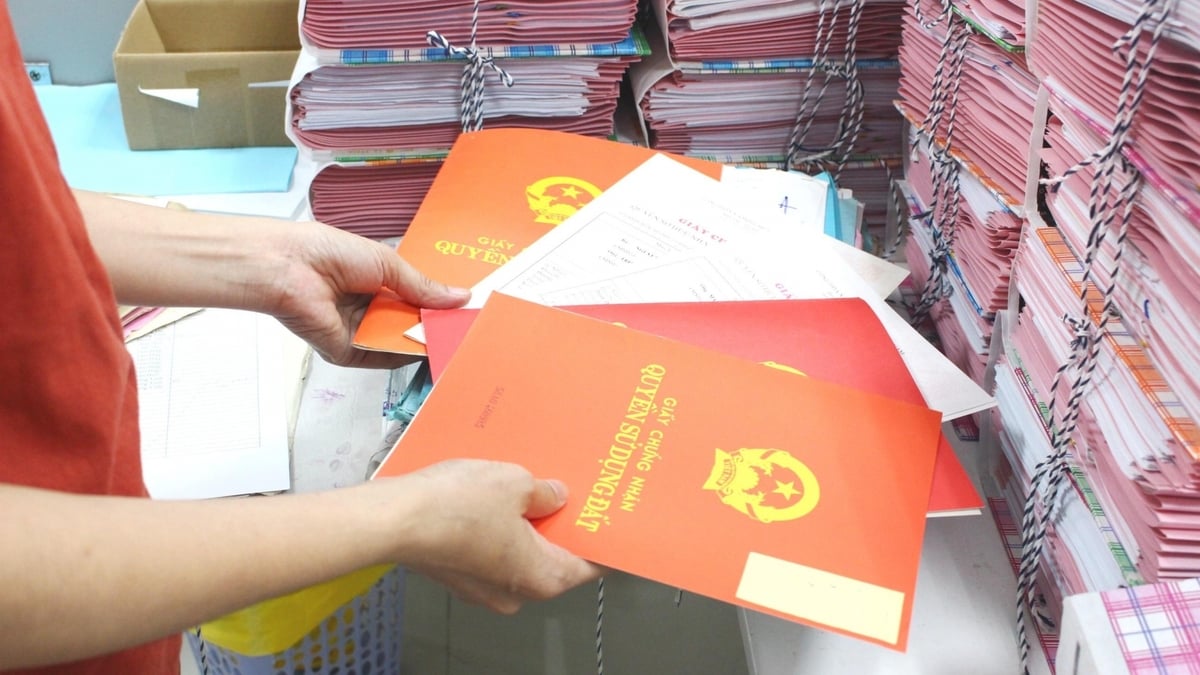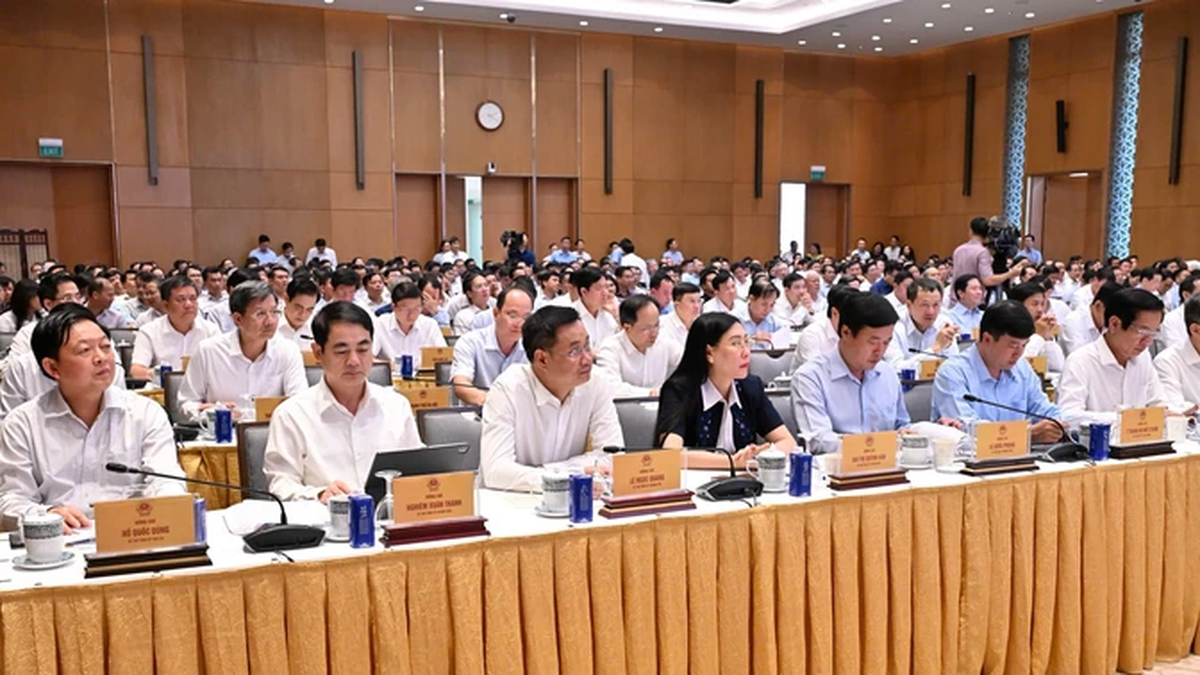VND is among the most stable currencies in the world.
At the Conference on Deploying the Banking Sector's Tasks in 2024 held on the morning of January 8, Governor of the State Bank of Vietnam Nguyen Thi Hong said that by the end of 2023, the banking sector had basically achieved the set targets and goals, contributing to controlling inflation and stabilizing the macro economy .
The foreign exchange market is basically stable. Interest rates have decreased, returning to pre-Covid-19 levels. VND is one of the stable currencies in the region and the world, in 2023 VND will depreciate by about 2.9%. The safety of banking operations is guaranteed, and digital transformation contents meet the targets set out in the Banking Industry Digital Transformation Plan.
The monetary policy management of the State Bank of Vietnam is assessed to have contributed to stabilizing the macro-economy and controlling inflation at around 3.2-3.4%.
Stable inflation and increasing foreign exchange reserves are factors contributing to Fitch's upgrade of Vietnam's national credit rating.
The State Bank of Vietnam has continuously adjusted down the operating interest rates four times, with a reduction of 0.5-2.0%/year in the context of world interest rates continuing to increase and anchor at high levels, creating conditions to reduce the market lending interest rate level.
Up to now, deposit interest rates and lending interest rates of newly arising transactions of commercial banks have decreased by more than 2.5%/year compared to the end of 2022.
By December 31, 2023, credit increased by 13.71% compared to the end of 2022.

Non-cash payments (NCP) in 2023 will increase from 50.3-99.1% in number of transactions, and value will increase from 5.4-10.8%.
Interest rates in 2024 will decrease
In 2024, the global economic outlook and international markets will continue to be complex. Domestically, the economy is expected to continue to face many difficulties and challenges.
In that context, the State Bank focuses on a number of key orientations and solutions such as: Managing interest rates in line with market developments, macroeconomics, inflation and monetary policy targets; encouraging credit institutions to reduce costs, simplify credit granting procedures, increase the application of technology and digital transformation in credit granting processes, and strive to reduce lending interest rates to support the economy. Managing exchange rates flexibly to stabilize the foreign exchange market, contributing to stabilizing the macro economy.
The credit growth target for 2024 is about 15%, with adjustments to suit developments and actual situations. Continue to direct credit institutions to direct credit to production and business sectors, priority sectors and growth drivers (investment, consumption, export) according to the Government 's policy; strictly control credit to potentially risky sectors.
Continue to implement the decision and effectiveness of the Project on restructuring the system of credit institutions associated with bad debt settlement in the period of 2021-2025; focus on effectively implementing the plan to handle weak credit institutions. Direct credit institutions to promote the handling and recovery of bad debts; strive for the ratio of bad debts on the balance sheet (excluding weak commercial banks) to be below 3% by 2024.
In addition, the State Bank will also continue to improve the banking legal system to create a synchronous and favorable legal basis for monetary policy management and banking operations.
Source





































































































Comment (0)